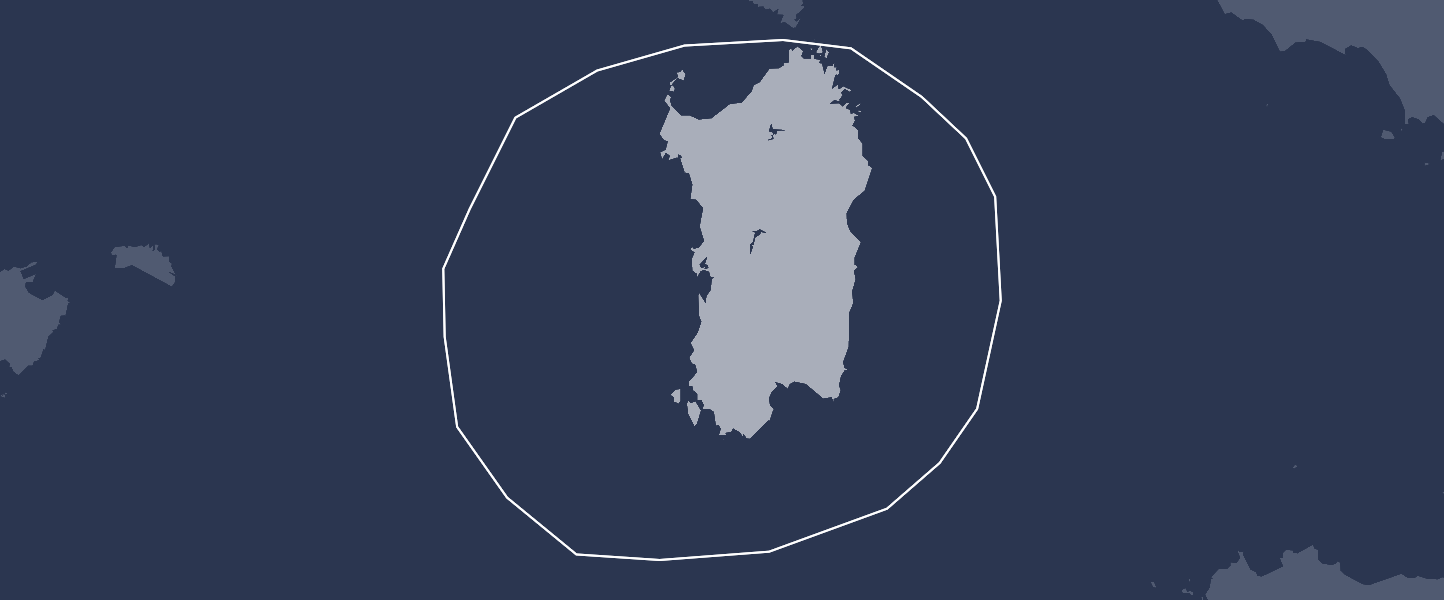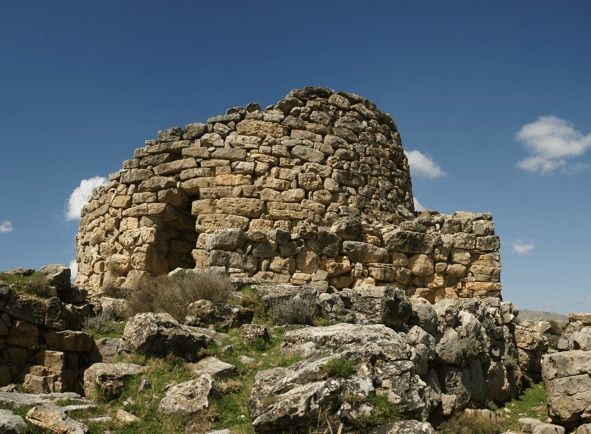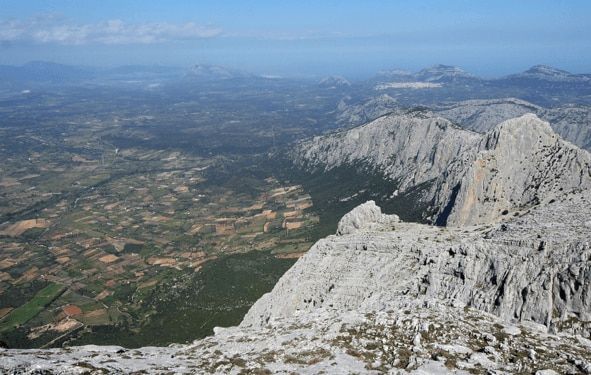The Kingdom of Sardinia
The Kingdom of Sardinia got its start when Pope Boniface VIII made Corsica and Sardinia a Papal estate in 1297. Then he offered it to James II, king of Aragon. This began 400 years of Spanish influence on the island. In 1861, Victor Emmanuel II, king of Sardinia since 1849, became king of a new, united Italy.
Shepherds Not Seafarers
Sardinia has more than 1,100 miles of coastline, but Sardinians are not known as sailors, and their traditional diet includes more sheep than seafood. For centuries the indigenous people of Sardinia tended to live inland rather than on the coast, in part because invaders came from the sea and also because there were better pastures inland. The Romans called the interior highlands "Barbaria," or the land where the barbarians lived. Today, Sardinia's beaches have helped make tourism a major part of Sardinia's economy and more people live along the coast.





